Portugal’s "European pipeline” and France’s Hossegor may have the fame – but they also have the crowds. Surf journalist Duncan shares his favorite, out-of-the-way spots that offer crowd-free fun for surfers of all levels.
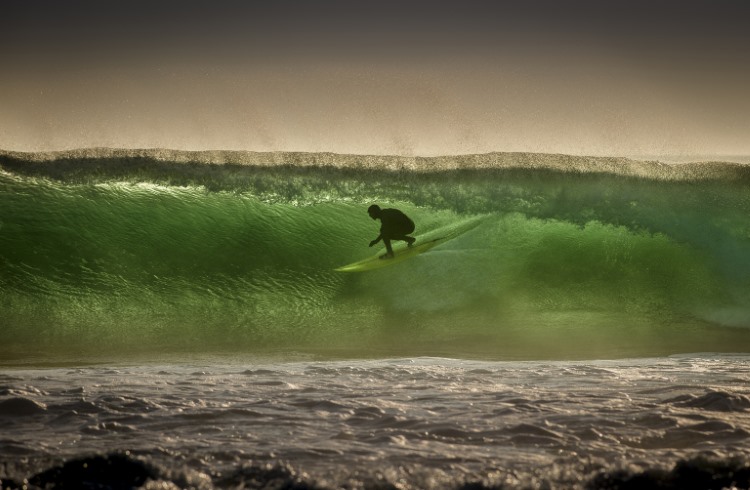 Photo © Getty Images / George Karbus Photography
Photo © Getty Images / George Karbus Photography
With two oceans, six seas, 44 countries, and tens of thousands of miles of coastline, Europe has more spots than you could surf in a lifetime. But, if you want to look past the famous, barreling beach breaks and frothing competition of Hossegor and Supertubos and are willing to make the effort to get there, these are some of my favorite, fun, lesser-known surf spots.
- Surfing Kimmeridge Bay in England
- Surfing Fanore Beach in Ireland
- Surfing the Asturias in Spain
- Surfing Praias da Vagueira, da Mira, and da Tocha in Portugal
- Surfing Sardinia in Italy
- Inland Surfing in Scotland
Surfing Kimmeridge Bay in England
Whenever I’m in Britain and the conditions are right – big south-westerly swell, light north-westerly wind – I’ll make a beeline for England’s Jurassic Coast and Kimmeridge Bay, (aka K Bay in honor of South Africa’s J Bay), on the south coast.
Between the popular coastal towns of Bournemouth and Weymouth, K Bay is remote enough to thin out inexperienced crowds but accessible enough to maintain a strong local scene. There are three waves: the Ledges – a mellow, deep-water longboarding wave that’s a great intro for reef-break newbies up for a long paddle; the Bay – offers shelter in big and wild days; and, the jewel in the crown – the Bench, a shallow, dredging right-hander that serves glassy barrels up to 12ft (3.5m) to those experienced enough to handle them. Oh, and for added spice, it’s only accessible when the Ministry of Defence tank range it sits in isn’t conducting live ammunition drills!
On flat days: The Jurassic Coast is a World Heritage Site and natural wonderland – explore it. (Especially Durdle Door)
How to get there: Head towards Corfe Castle along the south coast and keep an eye out for signs.
Accommodation: Nearby Corfe Castle has pubs and campsites or base yourself in Bournemouth, 22mi (35km) away.
Equipment: No surf rental nearby, but there are schools and shops in Bournemouth and Poole.
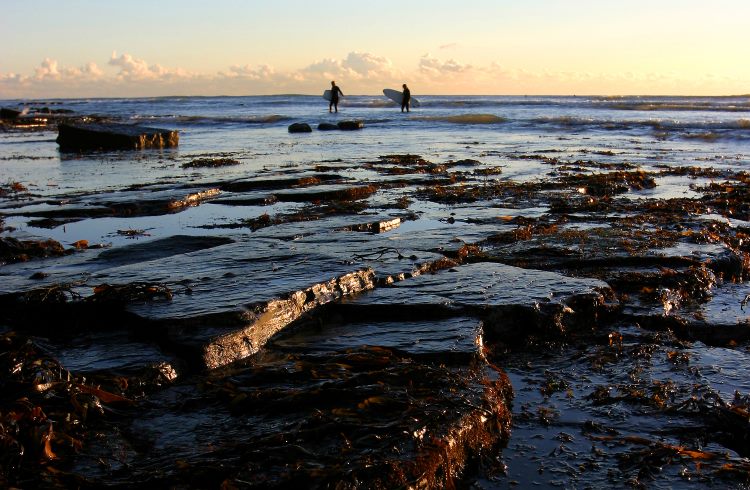
Surfing Fanore Beach in Ireland
In recent years, Ireland’s standing as a world-class surf destination has skyrocketed, and it’s easy to see why. Although there’s plenty of coastline to choose from, I’ve fallen hard for County Clare on the west coast, where a richness of breaks means there’s almost always a wave working.
Fanore is an underrated gem that doesn’t attract the crowds of nearby Lahinch. Straddling the mouth of the Caher River, it’s surrounded by an expanse of ancient sand dunes that make it feel remote and otherworldly. A sand and rock beach break, its Atlantic exposure makes it a year-round swell magnet that seldom gets too big or scary – perfect for beginners and intermediates alike. And, if the waves do get gigantic, you’re only 30 minutes from the Cliffs of Moher where you might be lucky enough to see local hell-men and women charging “Aileens”, one of Europe’s most notorious monster waves.
On flat days: Fanore is in the heart of the Wild Atlantic Way, surrounded by natural and Bronze Age wonders.
How to get there: Follow the road out of Fanore village for 2mi (3.2km) and the beach is on your left.
Accommodation: Fanore village has the kind of pub and B&Bs you’d pray to stumble across on a trip to Ireland.
Equipment: The excellent Aloha Surf School has everything you might need and offers lessons and tours in several languages.
Surfing the Asturias in Spain
Often criminally overlooked for the more famous breaks of France’s Aquitaine a few hundred miles away, Spain’s Asturian coast in northern Spain is my favorite part of Europe for pumping and less-crowded surf. It’s great to get on the road and happen across some new cove with an empty lineup calling out to be ridden, before retiring to the nearest picture-postcard village for a post-surf feast of fresh fish. But, you do need to work for your waves, with changeable conditions and minimal signage.
The best, and best-known, wave is Rodiles, a left-hand river mouth that, in the 10ft (3m) range races flawlessly over sandbanks across the bay. But, its quality comes with a heavy local scene, so I prefer Frejulfe 80mi (130km) to the west. Elemental and atmospheric, its shifting sandbanks create consistent, fast waves on a northwest swell up to 6ft (2m).
On flat days: Countless towns and villages pepper a coastline tailormade for exploration, and few are nicer than Oviedo. Or hike the spectacular Picos de Europa.
How to get there: The A-8 highway is the main artery that connects thousands of smaller roads, each meandering towards the ocean.
Accommodation: Head to Gijon, Oviedo, or both for a road trip, where you’ll find the best stays, from surf hostels to luxury hotels.
Equipment: There are lots of rental and surf school options along the coast, but Tablas Surf School in Gijon has been around since forever.
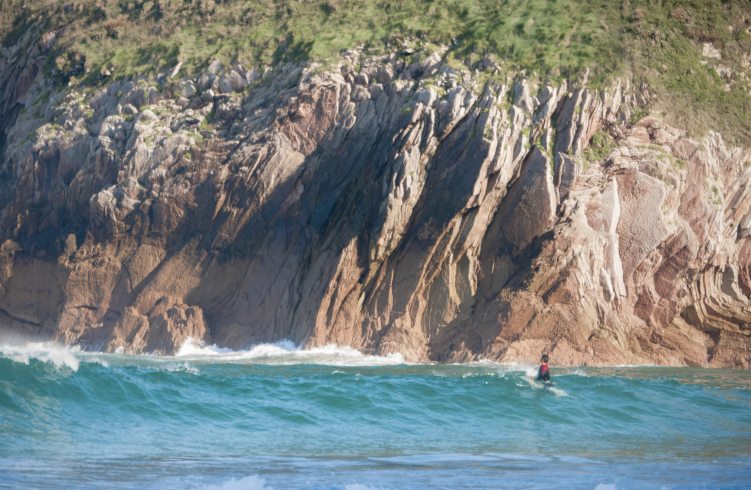
Surfing Praias da Vagueira, da Mira, and da Tocha in Portugal
Years ago, on a road trip north from Figueira da Foz on the central Atlantic coast, a buddy and I came across a trio of long, fun beach breaks brimming with surfable peaks from a mid-size westerly swell – and they’re now starting to get some notoriety from local crews under the #surfnocrowd hashtag. I’ve since learned about their consistency not only for swell but also – the golden chalice – for lack of crowds.
Heading north from Figuera, you have long, open Praia da Tocha and Praia da Mira with more lefts and rights than you can poke a Firewire at. They’re followed closely by my favorite at Praia da Vagueira, on the fringes of Aveiro, and in particular the two punchy right-handers that break off the groynes at Arreão and Poço da Cruz.
On flat days: Head inland to beautiful Coimbra, drink galãos in sidewalk cafes and eat as many Pastéis da Nata as your heart can take.
How to get there: Take the N109 north out of Figuera and keep an eye out for praia signs to the left.
Accommodation: Both Figuera and Aveiro are cool cities with plenty of accommodation – free van parking is also permitted at many breaks. Or, stay right on the beach at Dreamsea Surf Camp Tocha.
Equipment: For camping, kit and lessons, head to Slide Surf Camp in the Ria de Aveiro lagoon.
Surfing Sardinia in Italy
Probably not top of your surf-trip hotlist, Italy has plenty of potential if you can handle its fickle conditions (I find wine and pizza helps). Specifically, the island of Sardinia, around Capo Mannu, should be your focus, with its small, relaxed crowds and varied breaks.
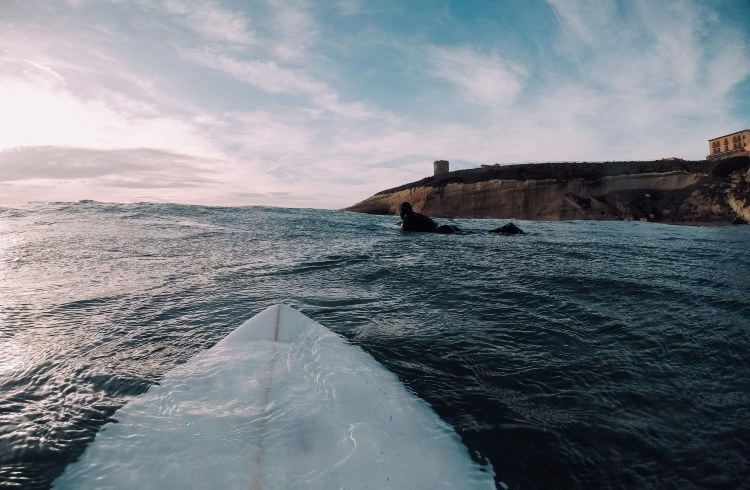
At its northern point, Rena Majore is a gentle intro with anchored, man-made sand bars forming different peaks for different levels, best between 2-8ft (0.6-2.4m) with light easterly winds. A couple of hours southwest, on the west coast, the reef break at Silver Rock ups the ante with barreling lefts and long, fast rights up to 12ft (3.5m) that can help clear out any crowds. But if it’s howling, hollow, and well overhead you’re after, the point breaks at La Speranza are only for the most competent.
On flat days: This is Italy – eat, drink, and enjoy.
How to get there: A car and map are essentials, as many breaks are tough to find but worth the effort.
Accommodation: Oristano has the nicest hotels, but Putzu Idu is closer to the waves.
Equipment: The Is Benas Surf Camp in Putzu Idu is your go-to for pretty much everything.
Inland Surfing in Scotland
Opened in November 2024 just outside Edinburgh, this gigantic facility called 'Lost Shore' features a Wavegarden-powered pool three times the size of Wembley Stadium's pitch. 1,000 customizable waves per hour are pumped out... yes, the waves are customizable meaning all abilities can enjoy. While this isn't in some naturally goregous spot like the waters of Sardinia and you don't have gigantic Irish cliffs as your backdrop, Scotland is a great spot for a summer vacation. After you visit the castles and look for the Loch Ness Monster, why not also surf?
On flat days: It's never flat! Unless you want it to be.
How to get there: A short drive from the Edinburgh airport
Accommodation: So many amazing hotels and rentals in Edinburgh. The facility also has a luxury hotel attached to it.
Book it: Go to Lostshore.com
Related articles
Simple and flexible travel insurance
You can buy at home or while traveling, and claim online from anywhere in the world. With 150+ adventure activities covered and 24/7 emergency assistance.
Get a quote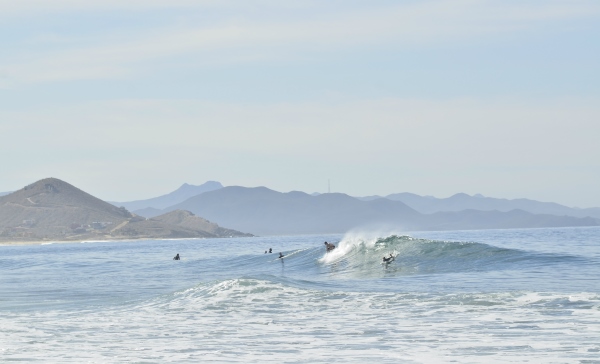
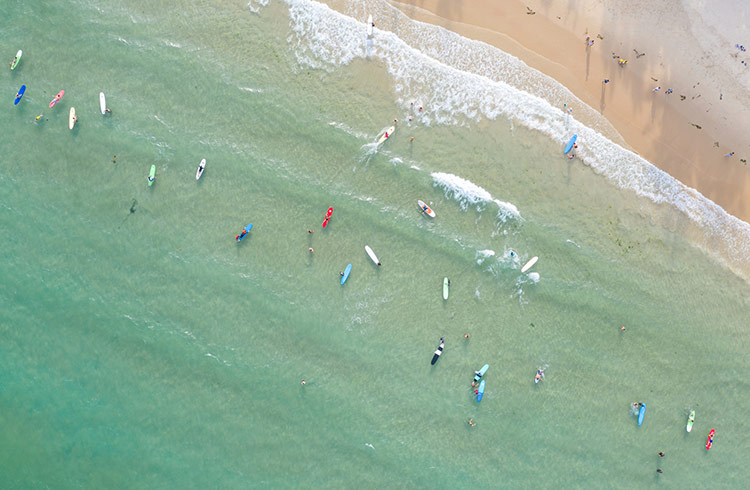
No Comments